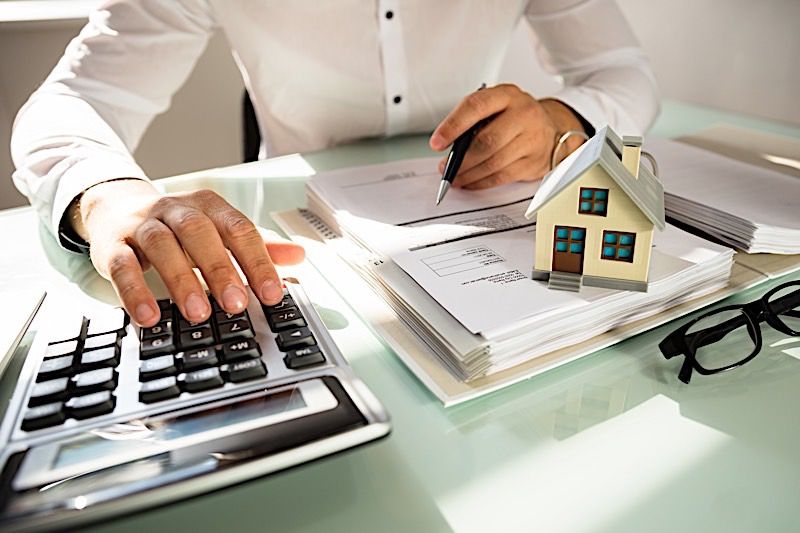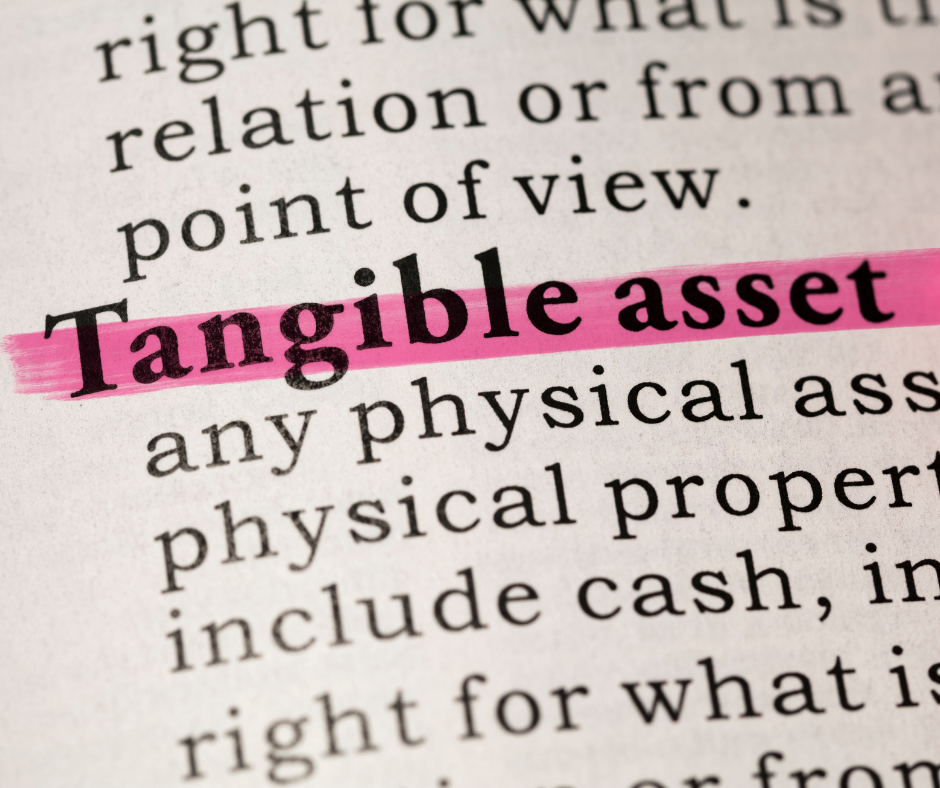Do you know what once Henry Earl Singleton had quoted? He once said that a human’s attitude towards cash flow generation and asset management was the result of his very own thought process.
He clarified that, once the human acquired multiple businesses, he did a thorough reflection on aspects of the business, and hence, concluded - the key to asset management was cash flow!
As you have a basic idea about cash flow, we are sure you would like to delve into asset management. Your interest might pique to understand what are tangible assets and how to calculate them? Curiosity is important and the biggest step for learning any new thing you would like to understand!
To make this easier, in layman's terms, if you are interested to understand the different types of assets, you need to have full knowledge about what they are and their relative questions which will help you give some deep insights. To make it simpler, we have included the following points in this blog -
- What are Tangible Assets?
- What does Tangible Asset not Include?
- Comparison: Tangible vs Intangible
- Understand With List of Tangible and Intangible Assets!
- Examples of Tangible Assets
- How to do Valuation of Tangible Assets?
What are Tangible Assets?
We are sure you might have heard these words innumerable times when it comes to accounting! For your simplicity, Tangible Assets are assets that you can touch and see with your eyes! For easy understanding, these assets are those which guarantee you cash flow and will give a real feel when you can touch them. If you are going to think from a businessman perspective, then these are the assets that add gross value to your business
The definition of tangible assets is just the same, only its context and hence the type differs. If you see from a company point of view, then its tangible assets are the physical assets it uses in its daily operations. Now, one more vital caveat here to realize is redundant assets will not be a part of these assets.
Redundant assets are those which are not a part of the company’s active business operations. For instance, stocks of a business may not be purchased by a potential investor each day. As they stand exempted from daily operations to any buyer, they would be automatically cancelled out from the ongoing concern to generate the business value.
What does Tangible Asset Include?
Now that you have a basic overview of the assets, you would want to delve deeper into tangible assets. They can be further classified as:
- Fixed Assets
- Current Assets
Fixed Assets are tangible assets that cannot be converted into monetary cash within just a single year. In short, they are long term assets. For instance, in business, machinery, equipment and buildings can be counted as fixed assets.
Even thought they are not liquid, depreciation their value is possible in your books to lower the tax liability.
On the other hand, Current Assets are those which can be converted into cash within a year of you have purchased them. The simplest example of current assets is liquid assets, inventory, cash and cash receivable, and cash equivalents.
Once you have a basic idea about the tangible assets, let’s get a clear picture of what these assets are not! They are called, intangible assets, these are those, which can be considered as non-physical assets and add value to your business. In short, they have very little liquidity and cannot be converted into cash immediately. Examples - Copyrights,Patents, Licenses and also, Trademarks. The cost of intangible assets cannot be determined and fixed as an “X” value as there is no specific price tag. To understand the difference between these two assets, let’s go into detail -
Comparison: Tangible vs Intangible
To understand the difference between both these assets, check out the table below -
How to identify Tangible Assets in terms of monetary wealth?
Any asset is considered better when it gives you a significant Return on Investment (ROI) for all the cash you are willing to put in. To identify the aspects of tangible assets, first, understand certain key points of it that help you identify why they are considered as the ones that can give cash flow -
These assets have the following key identifiers -
- Labour based
- Private
- No involvement of counterparty risk
- Scarce
- Has Long Term Store of Value
- Works on Individual Controls
- Possess Global Intrinsic Value
- Physical
In layman’s terms, if you want to consider a real-world scenario, tangible assets are first recorded at a business. Suppose, you are employed in a manufacturing company. In this case, for this organization, the tangible assets are equipment, machinery, robots etc.
Hence, a manufacturing plant or workshop floor will have a big value to be invested if it wants long term tangible assets. If the firm is a software organization, its investment for tangible assets would be comparatively lesser than a manufacturing workshop.
Examples of Tangibles Assets
To know your assets better, it is always advised to create a tangible assets list and crosscheck it at periodic intervals to know about your current asset value and how much depreciation has occurred to determine your next step.
What about Intangibles Assets?
Intangible assets lack the physical substance and are tougher to quantify. They are difficult to recognize and its’s types include -
- Art
- Consumer
- Technology
- Contractual
- Market-Related
The best examples for intangible assets are - patents, trademarks, customer relationships, software, goodwill etc.
Comparison: Tangible Assets Vs Intangible Assets
How to Do Valuation of Tangible Assets?
It is always necessary to understand how to evaluate your tangible assets so that they can be put to use in times of financial crisis. The various methods by which its valuation is calculated are -
- Liquidation method - The fair market value of your tangible asset will be determined at the time of liquidation, sale or closure
- Reproduction cost method - The cost required to create an identical asset that you possess but at the current cost. This is applicable for customized assets which are not readily available.
- Replacement cost method - It is the method in which you have to incur a cost of creating more assets that have the same characteristics at the current cost.
A point to be noted here is to do Regular Valuation of your tangible assets because of its importance and can required in many situations like
- Financial reporting
- Tax purposes
- Asset monitoring
- Insurance purpose
- Bankruptcy filing
Conclusion
Tangible Assets can be associated with an individual person or can belong to an entire organization. They are the assets that can be sold for immediate cash to solve an economic issue or cash crunch in your house or company. These assets are more trustworthy and are usually accepted worldwide. Deskera, a customer-centric software has multiple blogs that answers all your questions to offer end-to-end solutions on tangible assets.
Key Takeaways
- Tangible assets are physical assets and it’s examples include - cash flow, land, house, equipment. These are for the long term.
- They can be classified as - Fixed Assets and Current Assets
- Keynotes - Tangible assets depreciate in value. It can be converted into immediate cash and is generally labour-based.
- Valuation of these assets can be carried out using three methods.
- You have to report your tangible assets in income tax, financial reports, insurance papers, and if there is a bankruptcy filed against you.
- Intangible assets include licenses, trademarks, copyrights and usually have a digital form.
Related Articles










